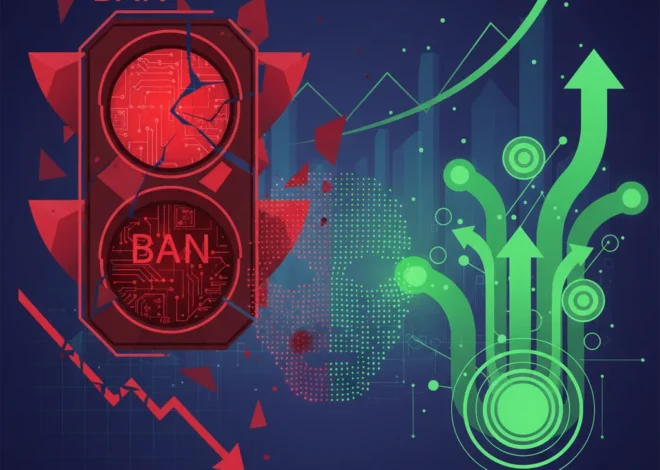
The Chip War Just Got Real: Why the Netherlands Seized a Chinese-Owned Tech Firm
Picture a global chessboard. The pieces aren’t kings and queens, but tiny, powerful silicon chips. The players are superpowers, and the game is for technological supremacy. This week, the Netherlands made a bold, decisive move that sent ripples across the entire board. In a dramatic escalation of the global “chip war,” the Dutch government has taken steps to assume control of the Chinese-owned semiconductor company, Nexperia.
You might be thinking, “Nexperia? I’ve heard of NVIDIA and Intel, but who are they?” That’s the crucial part of this story. This isn’t about the glamorous, headline-grabbing GPUs that power the latest artificial intelligence models. This is about something far more fundamental, and in some ways, far more critical to the global tech ecosystem.
This move is more than just a corporate takeover; it’s a clear statement in the escalating friction between Western nations and Beijing over access to technology. It’s a story about national security, the future of innovation, and the stability of the supply chains that every developer, startup, and tech professional relies on. Let’s break down what happened, why it matters, and what it signals for the future of technology.
The Core of the Conflict: Who is Nexperia and Why Does The Hague Care?
First, let’s get acquainted with the central player. Nexperia, headquartered in the Netherlands, is a former division of NXP Semiconductors. It was acquired by Chinese entities, including the smartphone assembler Wingtech Technology, in a series of deals concluding in 2019.
Unlike companies that build cutting-edge processors for AI and machine learning, Nexperia specializes in the essential, workhorse components of the electronics world: diodes, transistors, and logic devices. Think of them not as the brain of a device, but as the central nervous system. They manage power, process signals, and perform the fundamental tasks that allow complex systems to function. Your car, your smartphone, the servers in the cloud that run your favorite SaaS applications—they are all packed with thousands of these essential chips.
The Dutch government’s intervention is based on a national security law, signaling a fear that Nexperia’s technology and expertise could be leveraged by Beijing. The concern isn’t just about a single piece of tech, but about the potential for China to gain strategic control over a foundational part of the semiconductor supply chain. This is a defensive maneuver designed to protect the country’s—and by extension, Europe’s—technological sovereignty.
This isn’t happening in a vacuum. The Netherlands is home to ASML, the undisputed world leader in creating the extreme ultraviolet (EUV) lithography machines necessary to produce the most advanced chips on the planet. The US has been heavily pressuring the Dutch government to restrict ASML’s sales to China. This move against Nexperia shows that the Dutch strategy is now two-pronged: not only restricting the export of high-end technology but also protecting the domestic foundational tech base from foreign control.
A Geopolitical Power Play: Understanding the Stakes
To fully grasp the significance of this event, we need to zoom out. The global tech landscape is no longer a flat, open field of free-market competition. It’s a fractured terrain shaped by national interests and security alliances. The table below outlines the key stakeholders and their motivations in this complex geopolitical game.
Here’s a breakdown of the key players and their strategic positions:
| Stakeholder | Primary Goal | Key Actions & Levers | Potential Risks |
|---|---|---|---|
| The Netherlands | Protect its high-tech ecosystem and national security; align with Western allies. | Using national security laws to intervene in corporate ownership; restricting tech exports (e.g., ASML). | Economic retaliation from China; chilling effect on foreign investment. |
| China
|


